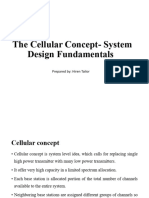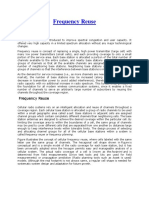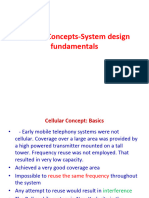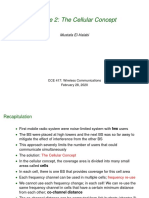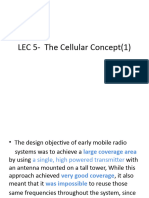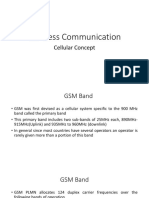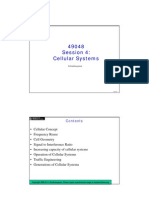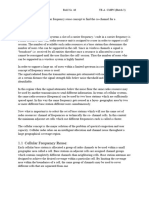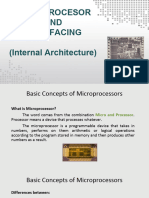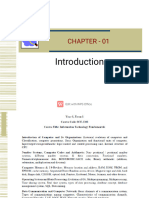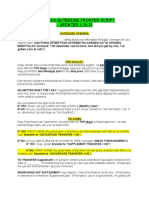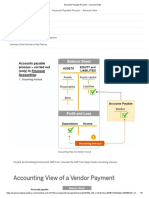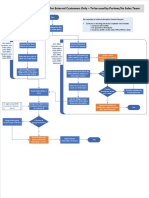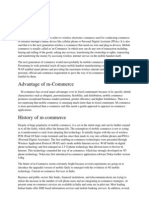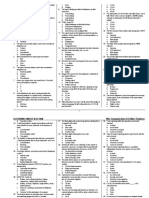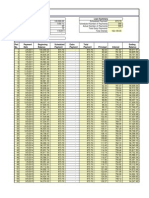0% found this document useful (0 votes)
22 views15 pagesLecture 3
The cellular concept involves using multiple low-power transmitters instead of a single high-power transmitter to enhance capacity within a limited spectrum. Each base station operates within a designated cell, allowing for frequency reuse across different cells to minimize interference. The design includes careful frequency planning and cluster size determination to optimize channel allocation and system capacity.
Uploaded by
Habiba ShifaCopyright
© © All Rights Reserved
We take content rights seriously. If you suspect this is your content, claim it here.
Available Formats
Download as PDF, TXT or read online on Scribd
0% found this document useful (0 votes)
22 views15 pagesLecture 3
The cellular concept involves using multiple low-power transmitters instead of a single high-power transmitter to enhance capacity within a limited spectrum. Each base station operates within a designated cell, allowing for frequency reuse across different cells to minimize interference. The design includes careful frequency planning and cluster size determination to optimize channel allocation and system capacity.
Uploaded by
Habiba ShifaCopyright
© © All Rights Reserved
We take content rights seriously. If you suspect this is your content, claim it here.
Available Formats
Download as PDF, TXT or read online on Scribd
/ 15
